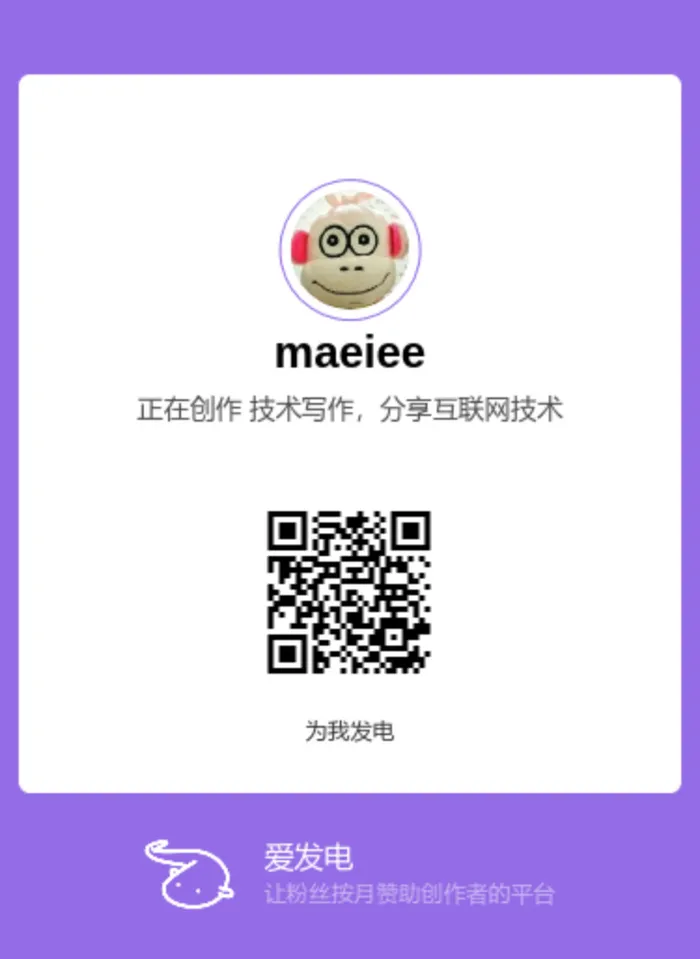Hugging Face Transformers Template
LLM 最火的应用是聊天。在聊天场景下,模型输入不是简单的字符串,而是由一条或多条消息组成,每条消息包含角色(role)以及内容(content)。因此,衍生出聊天输入模板的概念。
Hugging Face Transformers 通过添加 Template 功能,实现对这一概念的支持。聊天输入模板是 Tokenizer 的一部分。
通过Transformers 的 Template 功能,能够让我们对预训练模型继续训练时,遵循一致的模板格式。
如果增量训练、微调的模版,与模型预训练时的模板不一致,将会损坏模型能力!
本文是对《Templates for Chat Models》文档的阅读笔记,加上个人的一些实践经验。对于完整功能描述,请参见文档。
示例
木板的使用方法很简单,
对聊天对话应用模板:只需使用 role 和 content 键构建消息列表,然后将其传递给 apply_chat_template() 方法。
from transformers import AutoTokenizer
tokenizer = AutoTokenizer.from_pretrained("facebook/blenderbot-400M-distill")
chat = [
{"role": "user", "content": "Hello, how are you?"},
{"role": "assistant", "content": "I'm doing great. How can I help you today?"},
{"role": "user", "content": "I'd like to show off how chat templating works!"},
]
tokenizer.apply_chat_template(chat, tokenize=False)
# 得到
# " Hello, how are you? I'm doing great. How can I help you today? I'd like to show off how chat templating works!</s>"
这个模板比较简单,只是给内容添加空格,并拼接为一个字符串。但注意,在末尾添加了 </s>,表示内容结束。
如果换用 Mistral-7B-Instruct-v0.1 模型:
from transformers import AutoTokenizer
tokenizer = AutoTokenizer.from_pretrained("mistralai/Mistral-7B-Instruct-v0.1")
chat = [
{"role": "user", "content": "Hello, how are you?"},
{"role": "assistant", "content": "I'm doing great. How can I help you today?"},
{"role": "user", "content": "I'd like to show off how chat templating works!"},
]
tokenizer.apply_chat_template(chat, tokenize=False)
# 得到
# "<s>[INST] Hello, how are you? [/INST]I'm doing great. How can I help you today?</s> [INST] I'd like to show off how chat templating works! [/INST]"
可以看到拼接的模板更加复杂,添加了 [INST] 控制标记,指示聊天内容的开始与结束。
从中可以看出,不同模型的 tokenizer,其模板格式也是不同的。
add_generation_prompt
在《Chat Template Upgrades · Issue #26539 · huggingface/transformers》一文中提到:
当您从模型生成响应时,您希望提示包含消息历史记录,以及指示机器人响应开始的标记。这可以确保模型确实回复您,而不是继续用户响应或类似的内容。
但是,在其他情况下,我们不希望模板执行此操作。例如,在格式化消息以进行训练时,您不希望在末尾添加任何额外的生成提示。
文中给出一个示例,考虑标准 ChatML 模板:
<|im_start|>user
Hi, this is a user message.
<|im_start|>bot
Hi, this is a bot reply.
<|im_start|>user
Hi, this is the next user message.
但是,如果用户想要生成机器人回复,则他们提示的实际输入应以 <|im_start|>bot 结尾:
<|im_start|>user
Hi, this is a user message.
<|im_start|>bot
Hi, this is a bot reply.
<|im_start|>user
Hi, this is the next user message.
<|im_start|>bot
这样做的原因是您希望机器人编写机器人响应而不是继续用户消息,或者编写一些其他特殊标记,或者任何其他类似的奇怪的事情。但是,当使用 apply_chat_template 格式化聊天数据进行训练时,您不希望在末尾添加<|im_start|>bot,因为您不想生成更多文本。
末尾是否添加 <|im_start|>bot,则由 add_generation_prompt 进行控制:
>>> tokenizer.apply_chat_template(messages, tokenize=False)
"""<|im_start|>user
Hi, this is a user message.
<|im_start|>bot
Hi, this is a bot reply.
<|im_start|>user
Hi, this is the next user message."""
>>> tokenizer.apply_chat_template(messages, add_generation_prompt=True, tokenize=False)
"""<|im_start|>user
Hi, this is a user message.
<|im_start|>bot
Hi, this is a bot reply.
<|im_start|>user
Hi, this is the next user message.
<|im_start|>bot"""
从中可总结出:如果用于生成(聊天对话),需要设置 add_generation_prompt=True,如果用于训练,需要设置其为 False。
网络资源
本文作者:Maeiee
本文链接:Hugging Face Transformers Template
版权声明:如无特别声明,本文即为原创文章,版权归 Maeiee 所有,未经允许不得转载!
喜欢我文章的朋友请随缘打赏,鼓励我创作更多更好的作品!
